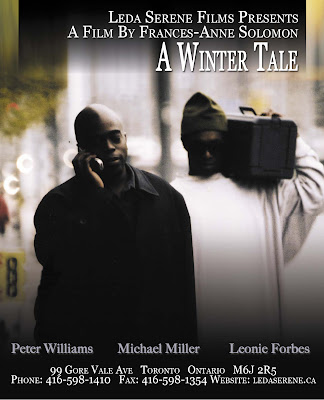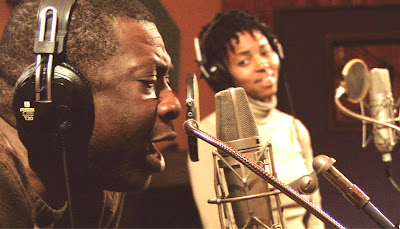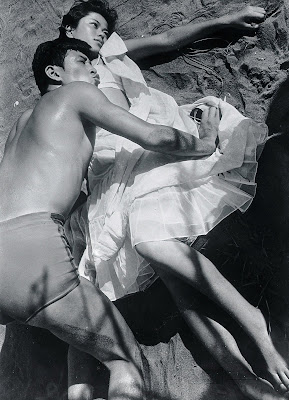In this clip, Lumet discusses casting Philip Seymour Hoffman and Ethan Hawke as the brothers:
And in the quote below, Lumet explains why he has completely sworn off shooting on film:
"When the studios and the exhibitors settle on who’s going to pay for the electronic projectors, I think that’s the end of film. I don’t think there is one director who has ever liked film, except as a tactile thing. It’s wonderful when you’re in the cutting room, and it’s running through the Moviola, and you’re rewinding it, and it feels great on your fingers. But it’s a pain in the ass! It’s cumbersome, it’s rigid in its rules, and you’re constantly at the mercy of not just the cameraman, you’re at the mercy of the lab. John Schlesinger once told me that on Midnight Cowboy, he went through sixteen answer prints before he got one that satisfied him. Now, I don’t know if you know what that means. The answer print can only be made with the original negative. You know what you’re risking there, every time that’s run to make a print? And then when you’ve got a good print, then you can make your inter-positive and your inter-negative, but not until you’ve done that.
"There’s another problem with film. On a picture like Dog Day Afternoon, I was going crazy, because the first obligation of that movie is, hey folks, this really happened. If you don’t know that it really happened, then it’s just going to be an exploitative, silly movie that you won’t believe. Too outrageous. Now, one of the ways I can let you know that it really happened is through the sense that you get from the photography. And all we could do was try to defeat film. For example, as you know, when you shoot the sky on film, the blue of the sky is never the same as the blue that your eye sees. You go out to Central Park, you shoot the grass, that green is not the same color on film as it is to your eye. Now look, I’m not a fool, there’s been a hundred years of glorious movie photography. But naturalistic photography does not exist, in anyone’s picture, to get what the eye sees. With high-def, of course you do, there’s a reason for it. You may remember from your high school class that there are only three forms of energy, correct? Electromagnetic, which is what light is; chemical, which is what film is; and thermal, which is what heat is. That’s it, that’s all that exists in the universe that we know of. When you’re using film, you are going through two of those three forms. You start with electromagnetic, which is what light is. It records on a chemical base, and then when it’s projected, you’re going back to electromagnetic. Now in each one of those stages, you’re losing so much, I cannot tell you. And it’s for that reason that film requires so much more lighting than high-def. It’s for that reason that the color is different, because you have changed the energy form. It went from light to a chemical, and that chemical will never be the same as what the light was. If you want another reason, I’ll keep going. (laughs) It’s for that reason that to me high-def is it, I love it. That’s why I did the television series [100 Centre Street], I wanted to find out about that Sony camera that I first saw."














